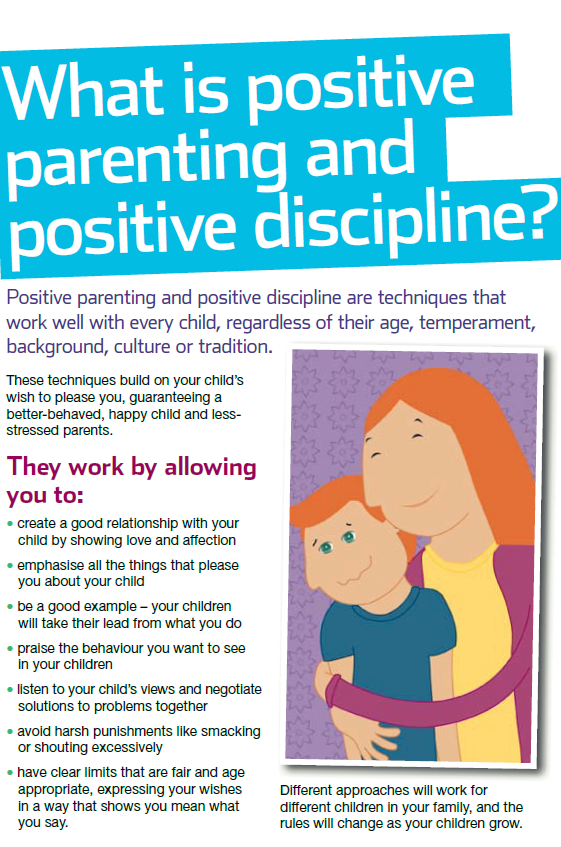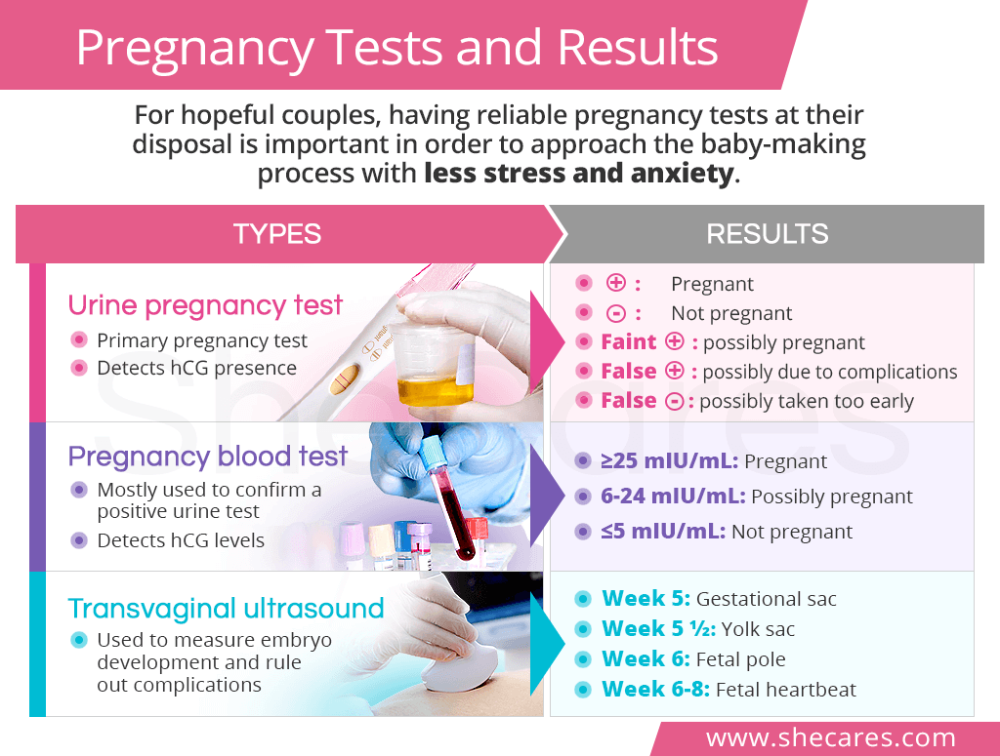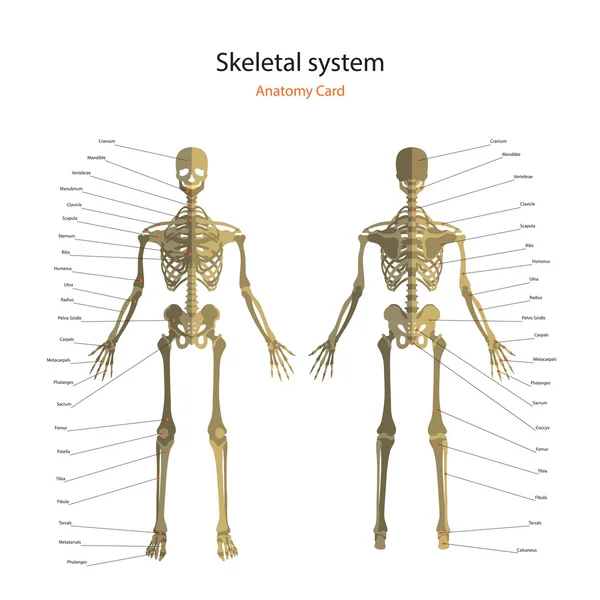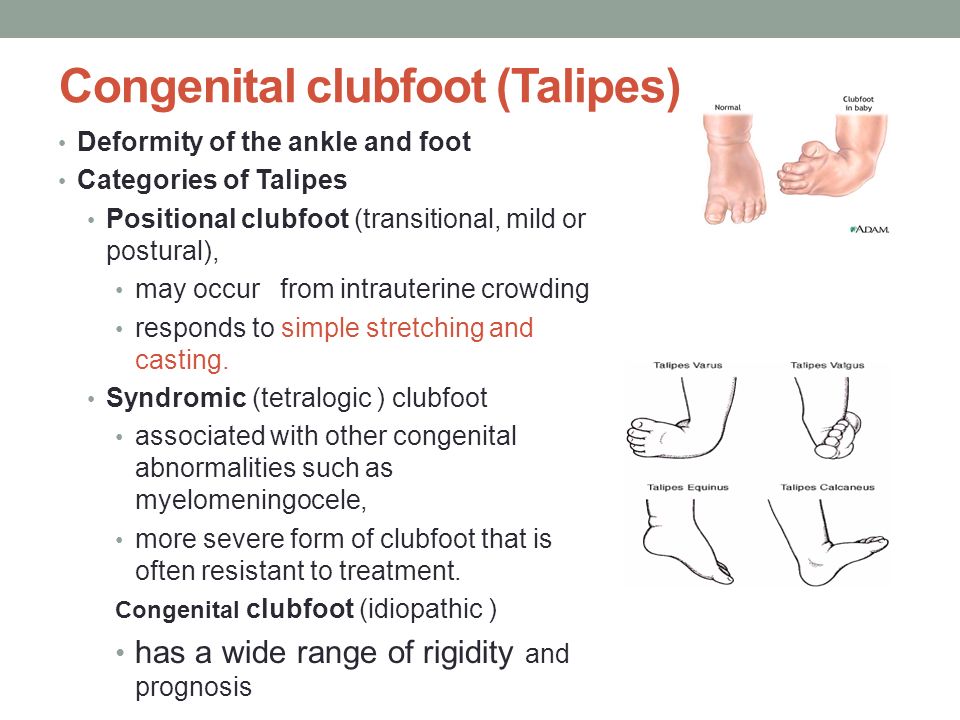Vaginal after delivery
What to expect and recovery
A person can expect vaginal changes after giving birth. Common changes include perineal pain, pain during sex, bleeding, and vaginal dryness.
According to the United Kingdom’s National Health Service (NHS), it is not unusual for people to notice new and uncomfortable vaginal changes after giving birth.
To ensure a safe recovery, people should have several postpartum checkups with their OB-GYN, with the first checkup being within 3 weeks of delivery. Postpartum care is an ongoing process and requires more than a single visit.
This article will discuss the vaginal changes a person can expect after giving birth. It will also cover tips for postpartum recovery.
The NHS notes that it is normal for a person’s vagina to appear wider than it did pre-birth. The swelling and openness should subside in a few days.
Even so, vaginal laxity is a common complaint among those who have recently given birth.
Tips
Although a person’s vagina may not return to its pre-birth shape, this is not a cause for concern.
However, people can try pelvic floor exercises, or Kegel exercises, to help tone the vaginal muscles. This can help prevent urinary incontinence.
This may also help sex to feel more pleasurable. However, sexual pleasure is complex and there are many factors that can affect it.
If a person finds that they are experiencing difficulties with sexual pleasure or are concerned about the width of their vagina, they should contact a healthcare professional.
The American College of Obstetricians and Gynecologists (ACOG) does not recommend elective plastic surgery, vaginoplasty, or radio-frequency or laser procedures. The Food and Drug Administration (FDA) has not approved these for postpartum vaginal laxity.
Some sources refer to these procedures as “vaginal rejuvenation,” which is a marketing term and not a medical condition.
Postpartum vaginal dryness is common and normal, particularly for those who are nursing.
Vaginal dryness results from low estrogen, and those who are nursing have lower levels of estrogen than those who are not nursing.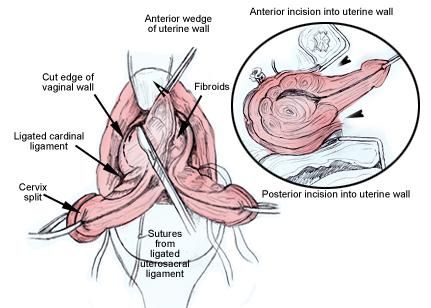
It can make sex uncomfortable or painful and may cause some light bleeding.
Tips
According to the NHS, once a person stops nursing and their periods have returned, the estrogen count should revert to pre-pregnancy levels and any noticeable vaginal dryness should improve.
In the meantime, people can try the following to ease any discomfort:
- taking estrogen supplements
- avoiding douches and personal hygiene sprays
- staying hydrated
- applying a vaginal moisturizer
- using a lubricant during sex or foreplay
- communicating with their sexual partner
According to the ACOG, the type, intensity, and duration of pain and soreness will vary from person to person. However, the NHS notes that most people should improve within 6–12 weeks after birth.
People may experience one or more of the following symptoms after childbirth:
- cramping
- back, neck, or joint pain
- soreness in the perineum, which in females is the area between the vagina and anus
- swollen or sore breasts
Those who underwent an episiotomy, which is when a doctor makes an incision in the perineum to widen the vaginal opening, or had perineal tears, may need stitches.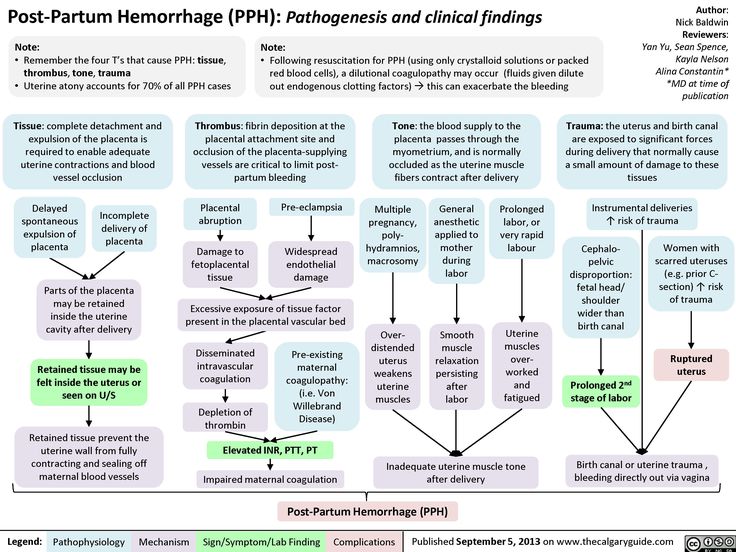
The NHS notes that approximately 9 in 10 people who undergo a vaginal birth for the first time will have a tear, graze, or episiotomy. Stitches should heal within 1 month after delivery.
Tips
Mild vaginal tears that occur during delivery can take a few weeks to heal.
To help with the pain in the meantime, a person can:
- take over-the-counter (OTC) medications, such as ibuprofen
- sit on a padded ring
- apply an ice pack to cool the area
Anyone who is concerned about the healing process and pain should consult a doctor or midwife before taking any OTC pain relievers.
According to the ACOG, some bleeding and discharge after delivery is normal. It may first appear bright red in color and become lighter and pinker in color within a few days. Over time, the flow will decrease and eventually stop.
Some may experience postpartum vaginal discharge that lasts for a few weeks.
People who experience excessive bleeding should seek immediate medical attention as it could be a sign of postpartum hemorrhage or uterine atony. Healthcare professionals define excessive bleeding as filling more than two pads per hour for more than 1–2 hours.
Healthcare professionals define excessive bleeding as filling more than two pads per hour for more than 1–2 hours.
According to BMC Pregnancy and Childbirth, postpartum hemorrhage is the leading direct cause of maternal morbidity and mortality worldwide.
Tips
Postpartum discharge is an inevitable part of the healing process.
To make things easier, a person should avoid using tampons until after their 6-week postnatal check. They can also use sanitary pads until the discharge stops.
People will experience some postpartum bleeding or lochia after giving birth.
Lochia contains mucus, white blood cells, tissue, and blood. The womb sheds this menstrual-period-like mixture of fluid and tissue so the body can replace its uterine lining after delivery.
The ACOG notes that it will usually occur within 24 hours after giving birth, but it may happen up to 12 weeks later.
According to the Office on Women’s Health, lochia appears heavy and bright red before becoming lighter in flow and color.
Individuals who lose more than 1000 milliliters of blood within 24 hours of giving birth should seek medical attention immediately as it could be a sign of a postpartum hemorrhage.
Those who are interested in reconnecting with their partner on a physical level may experience dyspareunia or pain with sex.
According to a 2018 study, 37.5% of people reported pain with sex 6 months postpartum, while 46.3% reported a lack of interest in sexual activity.
While there is no timeline as to when a person can have sex again after giving birth, most doctors recommend that people wait 4–6 weeks following vaginal delivery.
Those who had an episiotomy or perineal tear should wait until the site has completely healed, as having sex too soon can increase a person’s risk of postpartum hemorrhage and uterine infection.
Learn more about when a person can have sex after being pregnant here.
Tips
People can try the following to help alleviate any pain or discomfort during postpartum sex:
- Taking things slowly and starting with other intimate activities first, such as a massage, oral sex, or mutual masturbation.

- Considering using a water-based lubricant during sexual activity.
- Communicating with their partner about the pain they are experiencing and which activities are pleasurable and which are not.
Those who continue to feel pain during sex should contact a healthcare professional.
If a person’s vaginal canal is unable to stretch far enough to deliver the baby, the perineum may tear or the doctor will perform an episiotomy.
Excessive, raised, or itchy scar tissue may form around the tear or incision area.
Those who are concerned about perineal tears can massage their perineum within the last few weeks of pregnancy to reduce their chances of requiring an episiotomy.
A person should talk with a healthcare professional regarding the best way to massage the perineum.
While some people may experience heavier, longer, or more painful periods following delivery, others may find that their periods improve.
Those who bottle-feed or combine bottle feeding with nursing may have their first period 5–6 weeks after giving birth.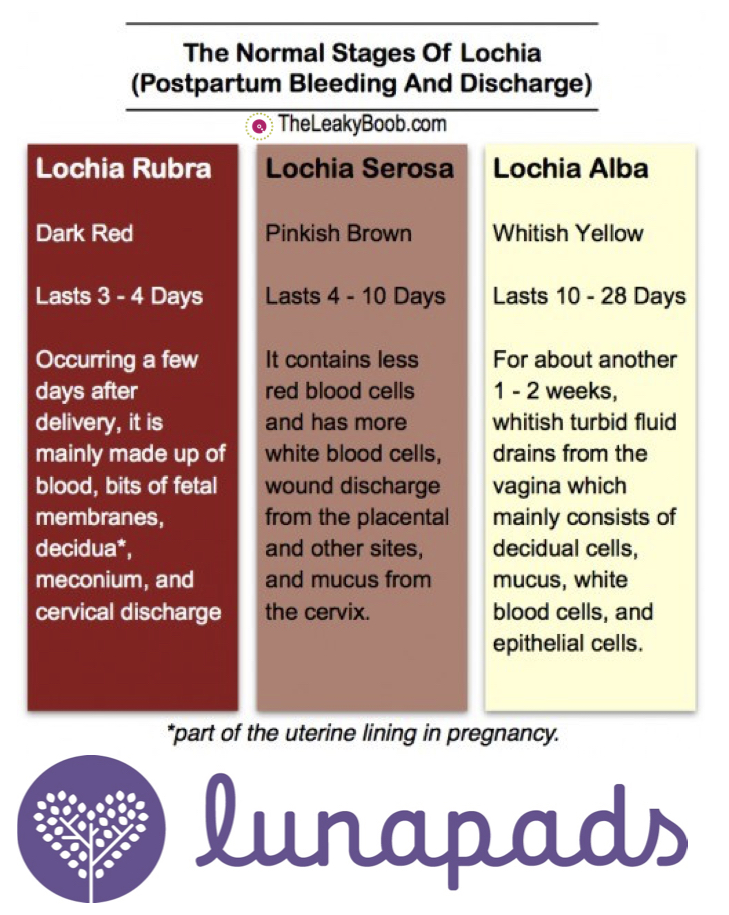
According to the ACOG, people who are not nursing should begin ovulating within a few weeks of childbirth. There may be a delay to ovulation for up to 6 months for people who are nursing.
Learn more about the first period after having a baby here.
Within the first few days after giving birth, some people may experience pain or burning while urinating.
Urinary incontinence is also common during pregnancy and after childbirth.
According to the Urology Care Foundation, the number of children a person has, from both cesarean and vaginal delivery, may increase their risk for urinary incontinence. In addition, people who have urinary incontinence during pregnancy are more likely to have it after childbirth.
Postpartum urinary incontinence usually goes away once a person’s pelvic muscles regain their strength. People who experience long-term incontinence should contact a healthcare professional.
Tips
People can try the following to ease their discomfort:
- drinking water
- running water in the sink while using the bathroom
- soaking in a warm bath
- doing Kegel exercises to strengthen their pelvic muscles
People can experience difficulty with orgasm after childbirth.
This may occur as a result of:
- fatigue
- decreased levels of desire
- psychological changes after pregnancy
- postpartum depression
- pain or discomfort during sex
People who are having difficulty achieving orgasm or experiencing sexual dysfunction after giving birth should contact a doctor to see if an underlying condition could be exacerbating the issue.
Pregnancy increases the body’s production of estrogen and progesterone.
This influx of hormones leads to increased blood flow, which may cause the labia to darken.
These changes may be temporary or permanent, depending on the person.
The postpartum period begins after a person gives birth, lasting 6–8 weeks. It ends when the person’s body has almost returned to its pre-pregnancy state.
A 2021 article notes that the postpartum recovery period is likely to be longer than 6 weeks. However, there does not appear to be a consensus among healthcare professionals.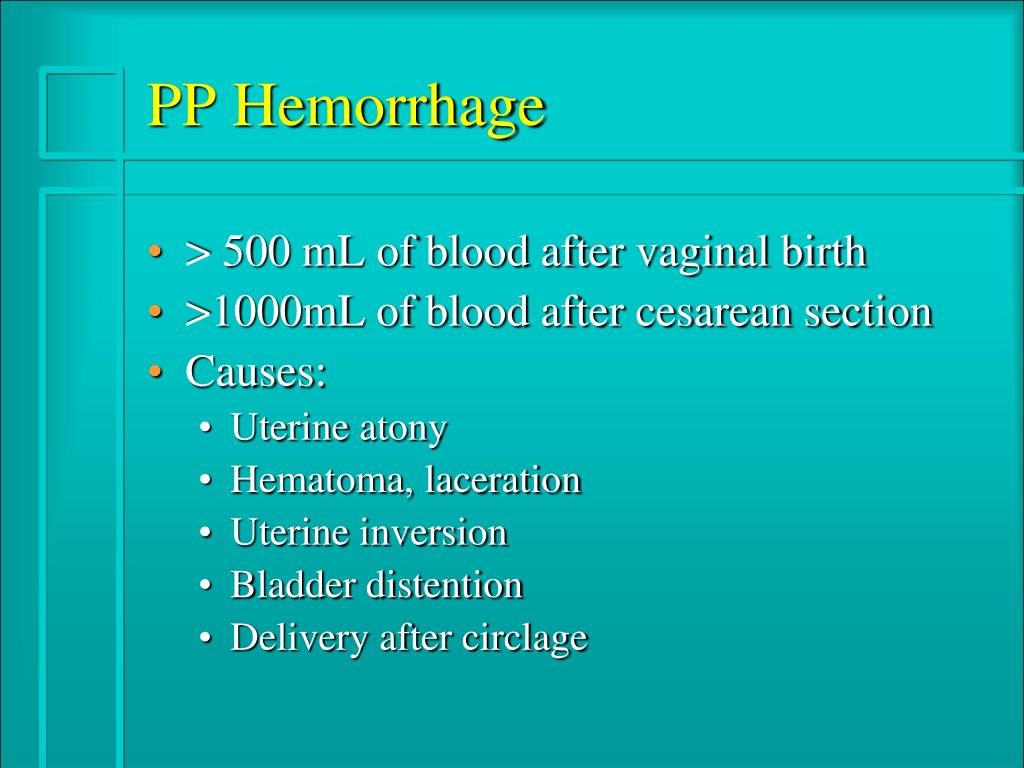
An older article from 2010 notes that the postpartum period consists of three phases. Healthcare professionals refer to the last phase as the delayed postpartum period, which can last for 6 months.
During this recovery period, a person should ensure that they:
- Attend every checkup: According to the ACOG, checkups can help to ensure a person’s physical, mental, and emotional health are on the right track. It recommends that healthcare professionals provide 12 weeks of postpartum support.
- Eat a well-balanced diet: To fight off fatigue and constipation, people should aim to eat a combination of complex carbs, protein, and fiber. Drinking plenty of fluids, participating in light exercise, such as walking, and using the bathroom when the urge comes can also prevent constipation.
- Rest: Rest is an essential part of recovery. New mothers should get plenty of rest in the first 2–3 weeks after childbirth.

Learn more about postpartum recovery and what to expect.
While general discomfort is typical during postpartum recovery, other more severe symptoms such as pain and heavy bleeding are not.
A person who has one or more of the following symptoms should contact their doctor immediately:
- heavy vaginal bleeding such as filling more than 2 pads in 1–2 hours
- passing large blood clots
- a fever
- dizziness or fainting
- blurred vision
- severe, persistent headaches
- vaginal discharge with a foul or strong odor
- vomiting
- progressively worse abdominal pain or new abdominal pain
- swelling or pain in the legs
People should also seek medical help if they experience any symptoms of postpartum depression.
Learn more about postpartum depression here.
After birth, a person can expect changes to their vagina, including:
- vaginal width
- vaginal dryness
- soreness
- discharge
- bleeding
- pain during sex
- scar tissue
- urinary incontinence
- difficulty achieving orgasm
- changes in the color of the vulva and vaginal opening
Healthcare professionals define the postpartum recovery period as the first 6 weeks after giving birth. The time it takes to recover will vary depending on the person. Those who have ongoing or severe symptoms should contact a doctor.
The time it takes to recover will vary depending on the person. Those who have ongoing or severe symptoms should contact a doctor.
What to expect and recovery
A person can expect vaginal changes after giving birth. Common changes include perineal pain, pain during sex, bleeding, and vaginal dryness.
According to the United Kingdom’s National Health Service (NHS), it is not unusual for people to notice new and uncomfortable vaginal changes after giving birth.
To ensure a safe recovery, people should have several postpartum checkups with their OB-GYN, with the first checkup being within 3 weeks of delivery. Postpartum care is an ongoing process and requires more than a single visit.
This article will discuss the vaginal changes a person can expect after giving birth. It will also cover tips for postpartum recovery.
The NHS notes that it is normal for a person’s vagina to appear wider than it did pre-birth. The swelling and openness should subside in a few days.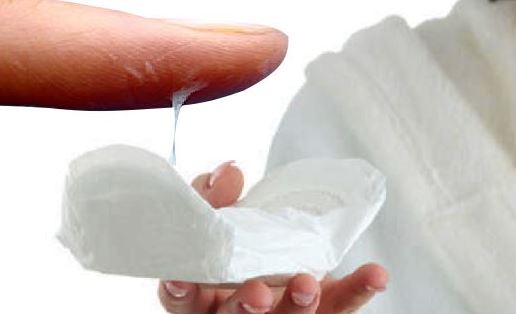
Even so, vaginal laxity is a common complaint among those who have recently given birth.
Tips
Although a person’s vagina may not return to its pre-birth shape, this is not a cause for concern.
However, people can try pelvic floor exercises, or Kegel exercises, to help tone the vaginal muscles. This can help prevent urinary incontinence.
This may also help sex to feel more pleasurable. However, sexual pleasure is complex and there are many factors that can affect it.
If a person finds that they are experiencing difficulties with sexual pleasure or are concerned about the width of their vagina, they should contact a healthcare professional.
The American College of Obstetricians and Gynecologists (ACOG) does not recommend elective plastic surgery, vaginoplasty, or radio-frequency or laser procedures. The Food and Drug Administration (FDA) has not approved these for postpartum vaginal laxity.
Some sources refer to these procedures as “vaginal rejuvenation,” which is a marketing term and not a medical condition.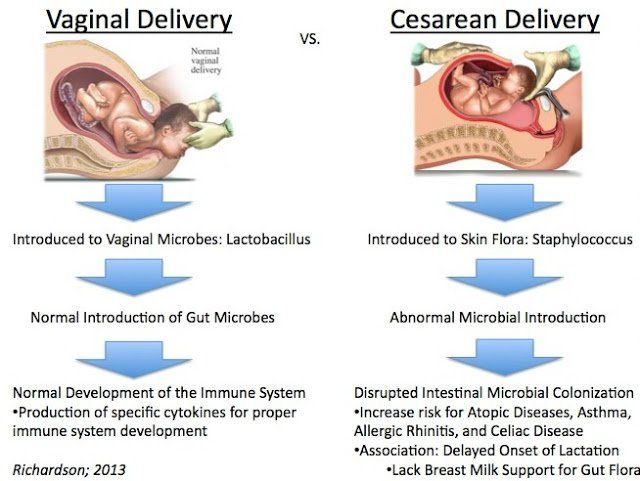
Postpartum vaginal dryness is common and normal, particularly for those who are nursing.
Vaginal dryness results from low estrogen, and those who are nursing have lower levels of estrogen than those who are not nursing.
It can make sex uncomfortable or painful and may cause some light bleeding.
Tips
According to the NHS, once a person stops nursing and their periods have returned, the estrogen count should revert to pre-pregnancy levels and any noticeable vaginal dryness should improve.
In the meantime, people can try the following to ease any discomfort:
- taking estrogen supplements
- avoiding douches and personal hygiene sprays
- staying hydrated
- applying a vaginal moisturizer
- using a lubricant during sex or foreplay
- communicating with their sexual partner
According to the ACOG, the type, intensity, and duration of pain and soreness will vary from person to person. However, the NHS notes that most people should improve within 6–12 weeks after birth.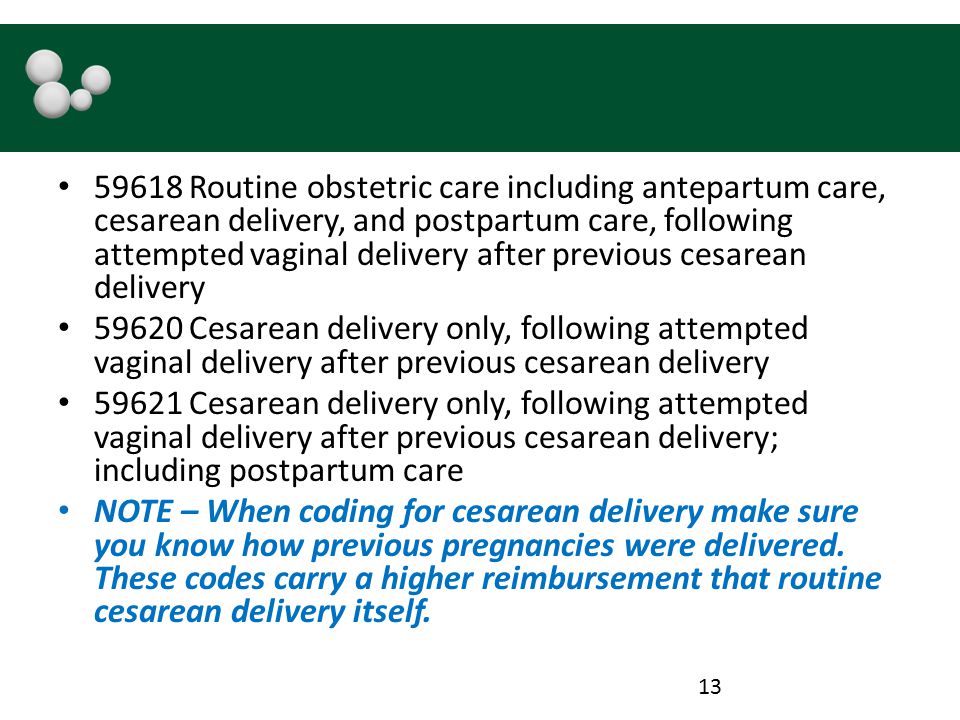
People may experience one or more of the following symptoms after childbirth:
- cramping
- back, neck, or joint pain
- soreness in the perineum, which in females is the area between the vagina and anus
- swollen or sore breasts
Those who underwent an episiotomy, which is when a doctor makes an incision in the perineum to widen the vaginal opening, or had perineal tears, may need stitches.
The NHS notes that approximately 9 in 10 people who undergo a vaginal birth for the first time will have a tear, graze, or episiotomy. Stitches should heal within 1 month after delivery.
Tips
Mild vaginal tears that occur during delivery can take a few weeks to heal.
To help with the pain in the meantime, a person can:
- take over-the-counter (OTC) medications, such as ibuprofen
- sit on a padded ring
- apply an ice pack to cool the area
Anyone who is concerned about the healing process and pain should consult a doctor or midwife before taking any OTC pain relievers.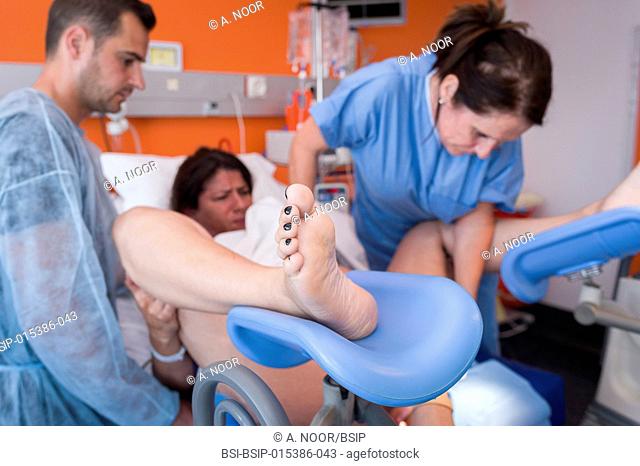
According to the ACOG, some bleeding and discharge after delivery is normal. It may first appear bright red in color and become lighter and pinker in color within a few days. Over time, the flow will decrease and eventually stop.
Some may experience postpartum vaginal discharge that lasts for a few weeks.
People who experience excessive bleeding should seek immediate medical attention as it could be a sign of postpartum hemorrhage or uterine atony. Healthcare professionals define excessive bleeding as filling more than two pads per hour for more than 1–2 hours.
According to BMC Pregnancy and Childbirth, postpartum hemorrhage is the leading direct cause of maternal morbidity and mortality worldwide.
Tips
Postpartum discharge is an inevitable part of the healing process.
To make things easier, a person should avoid using tampons until after their 6-week postnatal check. They can also use sanitary pads until the discharge stops.
People will experience some postpartum bleeding or lochia after giving birth.
Lochia contains mucus, white blood cells, tissue, and blood. The womb sheds this menstrual-period-like mixture of fluid and tissue so the body can replace its uterine lining after delivery.
The ACOG notes that it will usually occur within 24 hours after giving birth, but it may happen up to 12 weeks later.
According to the Office on Women’s Health, lochia appears heavy and bright red before becoming lighter in flow and color.
Individuals who lose more than 1000 milliliters of blood within 24 hours of giving birth should seek medical attention immediately as it could be a sign of a postpartum hemorrhage.
Those who are interested in reconnecting with their partner on a physical level may experience dyspareunia or pain with sex.
According to a 2018 study, 37.5% of people reported pain with sex 6 months postpartum, while 46.3% reported a lack of interest in sexual activity.
While there is no timeline as to when a person can have sex again after giving birth, most doctors recommend that people wait 4–6 weeks following vaginal delivery.
Those who had an episiotomy or perineal tear should wait until the site has completely healed, as having sex too soon can increase a person’s risk of postpartum hemorrhage and uterine infection.
Learn more about when a person can have sex after being pregnant here.
Tips
People can try the following to help alleviate any pain or discomfort during postpartum sex:
- Taking things slowly and starting with other intimate activities first, such as a massage, oral sex, or mutual masturbation.
- Considering using a water-based lubricant during sexual activity.
- Communicating with their partner about the pain they are experiencing and which activities are pleasurable and which are not.
Those who continue to feel pain during sex should contact a healthcare professional.
If a person’s vaginal canal is unable to stretch far enough to deliver the baby, the perineum may tear or the doctor will perform an episiotomy.
Excessive, raised, or itchy scar tissue may form around the tear or incision area.
Those who are concerned about perineal tears can massage their perineum within the last few weeks of pregnancy to reduce their chances of requiring an episiotomy.
A person should talk with a healthcare professional regarding the best way to massage the perineum.
While some people may experience heavier, longer, or more painful periods following delivery, others may find that their periods improve.
Those who bottle-feed or combine bottle feeding with nursing may have their first period 5–6 weeks after giving birth.
According to the ACOG, people who are not nursing should begin ovulating within a few weeks of childbirth. There may be a delay to ovulation for up to 6 months for people who are nursing.
Learn more about the first period after having a baby here.
Within the first few days after giving birth, some people may experience pain or burning while urinating.
Urinary incontinence is also common during pregnancy and after childbirth.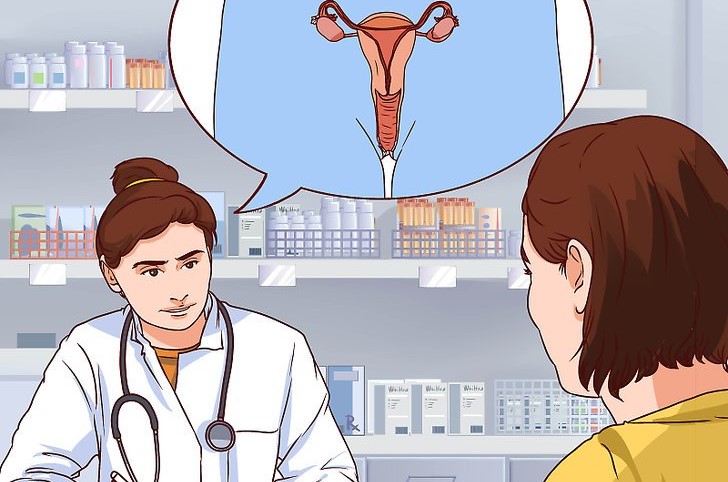
According to the Urology Care Foundation, the number of children a person has, from both cesarean and vaginal delivery, may increase their risk for urinary incontinence. In addition, people who have urinary incontinence during pregnancy are more likely to have it after childbirth.
Postpartum urinary incontinence usually goes away once a person’s pelvic muscles regain their strength. People who experience long-term incontinence should contact a healthcare professional.
Tips
People can try the following to ease their discomfort:
- drinking water
- running water in the sink while using the bathroom
- soaking in a warm bath
- doing Kegel exercises to strengthen their pelvic muscles
People can experience difficulty with orgasm after childbirth.
This may occur as a result of:
- fatigue
- decreased levels of desire
- psychological changes after pregnancy
- postpartum depression
- pain or discomfort during sex
People who are having difficulty achieving orgasm or experiencing sexual dysfunction after giving birth should contact a doctor to see if an underlying condition could be exacerbating the issue.
Pregnancy increases the body’s production of estrogen and progesterone.
This influx of hormones leads to increased blood flow, which may cause the labia to darken.
These changes may be temporary or permanent, depending on the person.
The postpartum period begins after a person gives birth, lasting 6–8 weeks. It ends when the person’s body has almost returned to its pre-pregnancy state.
A 2021 article notes that the postpartum recovery period is likely to be longer than 6 weeks. However, there does not appear to be a consensus among healthcare professionals.
An older article from 2010 notes that the postpartum period consists of three phases. Healthcare professionals refer to the last phase as the delayed postpartum period, which can last for 6 months.
During this recovery period, a person should ensure that they:
- Attend every checkup: According to the ACOG, checkups can help to ensure a person’s physical, mental, and emotional health are on the right track.
 It recommends that healthcare professionals provide 12 weeks of postpartum support.
It recommends that healthcare professionals provide 12 weeks of postpartum support. - Eat a well-balanced diet: To fight off fatigue and constipation, people should aim to eat a combination of complex carbs, protein, and fiber. Drinking plenty of fluids, participating in light exercise, such as walking, and using the bathroom when the urge comes can also prevent constipation.
- Rest: Rest is an essential part of recovery. New mothers should get plenty of rest in the first 2–3 weeks after childbirth.
Learn more about postpartum recovery and what to expect.
While general discomfort is typical during postpartum recovery, other more severe symptoms such as pain and heavy bleeding are not.
A person who has one or more of the following symptoms should contact their doctor immediately:
- heavy vaginal bleeding such as filling more than 2 pads in 1–2 hours
- passing large blood clots
- a fever
- dizziness or fainting
- blurred vision
- severe, persistent headaches
- vaginal discharge with a foul or strong odor
- vomiting
- progressively worse abdominal pain or new abdominal pain
- swelling or pain in the legs
People should also seek medical help if they experience any symptoms of postpartum depression.
Learn more about postpartum depression here.
After birth, a person can expect changes to their vagina, including:
- vaginal width
- vaginal dryness
- soreness
- discharge
- bleeding
- pain during sex
- scar tissue
- urinary incontinence
- difficulty achieving orgasm
- changes in the color of the vulva and vaginal opening
Healthcare professionals define the postpartum recovery period as the first 6 weeks after giving birth. The time it takes to recover will vary depending on the person. Those who have ongoing or severe symptoms should contact a doctor.
How to restore the vagina after childbirth? Non-surgical intimate plastic surgery of the vagina
full list
After the birth of a child, many women realize that the condition of the vaginal walls leaves much to be desired. Injuries and ruptures of the mucous membrane of the birth canal can subsequently lead to a violation of the quality of intimate relationships.
Intimate plastic surgery after childbirth sometimes becomes the only option to correct all defects of the internal genital organs. Every woman, regardless of the number of births, wants to remain sexy for a man and enjoy intimate relationships.
When does the vagina return to normal?
The muscles of the vagina return to normal about six months after birth. With a strong muscle strain, a woman may have negative consequences, which leads to disruption of normal intimate life, discomfort during intercourse, and generally prevents a woman from feeling natural.
Most women do not seek medical help, trying to solve the problem on their own, doing various exercises. It is important to understand that physical exercises aimed at strengthening and tightening the muscles of the vagina are effective only at the initial stage of the pathology, 1.5–2 months after childbirth.
After repeated childbirth, or a year or more after the birth, the muscles can no longer be returned to their previous state.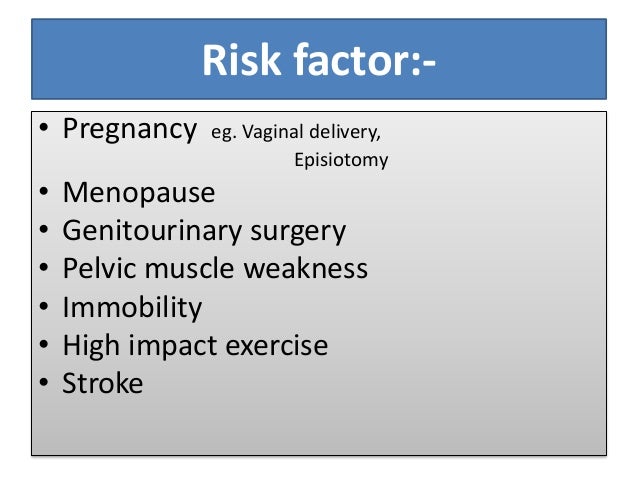 To do this, they resort to intimate plastic surgery after childbirth. Modern methods of vaginal plasty can solve the problem of vaginal stretching, without any major surgical interventions.
To do this, they resort to intimate plastic surgery after childbirth. Modern methods of vaginal plasty can solve the problem of vaginal stretching, without any major surgical interventions.
Vaginoplasty
Vaginal correction surgery performed by a plastic surgeon. All interventions in the genital area of a woman can be divided into the following areas:
- Vaginoplasty after childbirth;
- Plastic surgery on the labia.
If the vagina is stretched after childbirth , this can cause a decrease in its sensitivity, which leads to a lack of sexual desire. After suffering ruptures and injuries of the vagina, the muscles inside do not shrink to their original size, enlarged labia majora can cause discomfort to a woman when wearing tight underwear or tight-fitting clothes.
Thanks to innovative methods of plastic surgery, problems such as vaginal dryness after childbirth, stretching, or prolapse of the vagina are successfully solved. The walls of the vagina are sutured, if necessary, the muscles are strengthened.
The walls of the vagina are sutured, if necessary, the muscles are strengthened.
Surgical restoration of the vagina
Thanks to the modern development of plastic surgery, it is possible to treat the following pathologies without injuries and consequences:
- Vaginal dryness after childbirth;
- Overstretching of the vaginal walls;
- Spontaneous excretion of urine due to weakened pelvic muscles.
Laser gynecology
The most effective methods of elimination of pathological processes in the muscles of the vagina is laser therapy . With the help of a laser beam, the size of the vaginal walls is successfully compacted and the size of the vaginal walls is reduced, its elasticity is restored.
Many women worry about the pain of the method, but laser treatment does not cause pain and does not require anesthesia . Under the influence of a laser beam, collagen fibers are actively restored and the muscles of the vagina are tightened.
Laser vaginal tightening takes less than half an hour and does not require hospitalization. Laser therapy is widely used to eliminate vaginal dryness after childbirth, or during menopause.
If you have lost your sex drive and your vaginal muscles have stretched after childbirth, you should contact an experienced specialist who, thanks to innovative methods of vaginal rejuvenation will help solve your problem.
We also recommend reading:
Erbium laser is an effective and painless solution to women's problems!
Article about the new IncontiLase and IntimaLase procedures. A unique and painless technique for the treatment of vaginal relaxation syndrome and stress urinary incontinence.
read article
Laser restoration of the vagina after childbirth is a quick solution to women's problems
More than half of women after childbirth face problems that overshadow the tender period of motherhood and upset the intimate life of spouses. Do not think that this is the payment for the birth of a small miracle! Laser technologies can solve the problems of urinary incontinence and vaginal tightening after childbirth.
Do not think that this is the payment for the birth of a small miracle! Laser technologies can solve the problems of urinary incontinence and vaginal tightening after childbirth.
read article
Intimate rejuvenation by non-surgical methods
Rejuvenation of intimate areas by means of injections. Treatment of the gaping of the genital gap and increased sensitivity of the vagina.
read article
Anti-inflammatory drugs to relieve pain in the perineum after childbirth
This translation is out of date. Please click here for the latest English version of this review.
What is the problem (question)?
After giving birth, many women experience pain in the perineum, the area between the anus and the vagina. This Cochrane review addresses the question of whether this pain can be relieved with a single dose of a non-steroidal anti-inflammatory drug (NSAID) such as aspirin or ibuprofen.
Why is this important?
Some women experience especially severe pain in the perineum after childbirth if the perineum ruptures during childbirth or an incision is required (a procedure known as an episiotomy).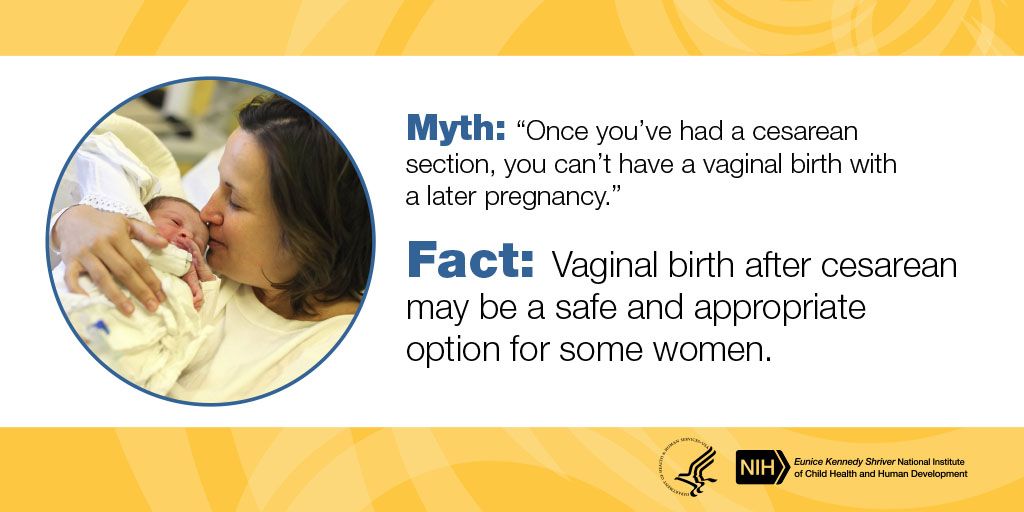 Even women who have delivered without a perineal tear or surgery often experience some discomfort in the perineum, which can affect a woman's activity as well as her ability to care for her baby. This review is part of a series of reviews looking at the effectiveness of various pain relief medications for perineal pain immediately after childbirth. This review looked at NSAIDs such as aspirin and ibuprofen.
Even women who have delivered without a perineal tear or surgery often experience some discomfort in the perineum, which can affect a woman's activity as well as her ability to care for her baby. This review is part of a series of reviews looking at the effectiveness of various pain relief medications for perineal pain immediately after childbirth. This review looked at NSAIDs such as aspirin and ibuprofen.
What evidence did we find?
We found 28 studies involving 4181 women that studied 13 different NSAIDs (aspirin, ibuprofen, etc.). We included studies up to 31 March 2016. The studies we found only included women who had suffered perineal injuries and were not breastfeeding. Studies were conducted between 1967 and 2013 and were small and of low quality.
Studies have shown that a single dose of NSAIDs provides greater pain relief when assessed 4 hours (low-quality evidence) or 6 hours (very low-quality evidence) after administration, compared with placebo (a pill that mimics a drug) or no treatment in lactating women who have suffered trauma to the perineum during childbirth. Women who received single doses of NSAIDs also needed less additional pain relief 4 hours (low-quality evidence) or 6 hours (low-quality evidence) after their initial dose compared with women who took placebo or received no treatment. Not all studies assessed the adverse effects of the intervention, but some reported adverse effects in mothers such as drowsiness, headache, weakness, nausea, and stomach discomfort. However, there was no clear difference in the incidence of adverse effects 6 hours after drug administration between the groups (very low-quality evidence). One small study reported no adverse effects in mothers 4 hours after drug administration (low-quality evidence). None of the studies assessed possible adverse effects in children.
Women who received single doses of NSAIDs also needed less additional pain relief 4 hours (low-quality evidence) or 6 hours (low-quality evidence) after their initial dose compared with women who took placebo or received no treatment. Not all studies assessed the adverse effects of the intervention, but some reported adverse effects in mothers such as drowsiness, headache, weakness, nausea, and stomach discomfort. However, there was no clear difference in the incidence of adverse effects 6 hours after drug administration between the groups (very low-quality evidence). One small study reported no adverse effects in mothers 4 hours after drug administration (low-quality evidence). None of the studies assessed possible adverse effects in children.
NSAIDs also appeared to be better than paracetamol in relieving pain when assessed 4 hours (but not 6 hours) after drug administration, although such a comparison was made only in three small studies. Women who received a single dose of NSAIDs also needed less additional pain relief 6 hours (but not 4 hours) after taking the medication, compared with women who received paracetamol. There were no adverse effects in mothers 4 hours after taking the drug (according to one small study). Three small studies reported adverse effects in mothers assessed 6 hours after drug administration, but there were no clear differences between the groups. No adverse effects were reported in children in any of the included studies. Breastfeeding women were also excluded from all studies.
There were no adverse effects in mothers 4 hours after taking the drug (according to one small study). Three small studies reported adverse effects in mothers assessed 6 hours after drug administration, but there were no clear differences between the groups. No adverse effects were reported in children in any of the included studies. Breastfeeding women were also excluded from all studies.
Comparisons of different NSAIDs and different doses of the same NSAID did not show any clear difference in their efficacy for the main outcomes assessed in this review. However, there were few data available for some NSAIDs.
None of the included studies reported any of the secondary outcomes considered in this review, including: increased length of stay or readmissions for perineal pain; breastfeeding, perineal pain 6 weeks postpartum, women's opinion, postpartum depression, and disability due to perineal pain.
What does this mean?
In non-breastfeeding women, a single dose of NSAIDs may relieve perineal pain when assessed 4 and 6 hours after drug administration.
